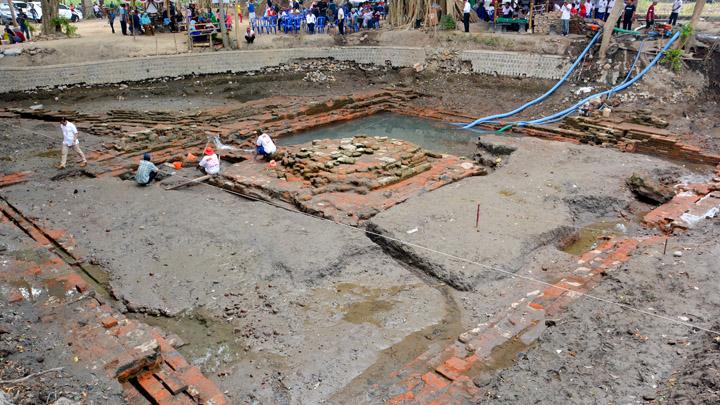
TEMPO.CO, Jakarta - Carpenter Matius Umbu Rongga ignored the sun's heat. In front of his house in Kamanggih village, East Sumba, West Nusa Tenggara, he cut wood with an electric saw. "The electricity has really helped. I have it much easier compared to my father," said the 31-year-old carpenter. He can also work at night if a deadline for completing a furniture order was closing in. "I make cupboards, bed frames, doors, windows, all from wood."
He recalled how hard his father used to work manually, as there was no electricity in the village during his father's time. Matius' old man could not work at night. Matius did not want to follow his father's path as a carpenter. He would rather be unemployed.
But when he got married, of course he had to feed his family. So he became a driver. "I made Rp300,000 to 400,000 a month," the father of three children said.
Once his children became older, that income was not enough. Three years ago, he decided to follow in his father's footsteps, but the work had become much easier as he had electricity at home. Now, he earns Rp3-4 million a month. "I work 3-4 days a week, depending on the order," said Matius.
Matius is only one of many in Kamanggih who can now enjoy economic benefits with electrification, which only reached most houses in Kamanggih in 2011, with the building of the Mbakuhau micro hydro power plant (PLTMH). Previously, only a lucky few enjoyed electricity from a diesel power plant (PLTD) built in 2004 by the state-owned power company, PLN. Even those who had electricity were unable to enjoy it all day. The PLTD turned the electricity off during the day.
After the PLTMH was built, most people in Kamanggih were able to enjoy electricity. The roads are no longer dark and a consistent power supply meant increased productivity. Villagers who used to earn incomes only from agriculture can now get additional earnings from other economic activities such as weaving or extending their shop's operation hours. "Electricity has really helped us all," said Kamanggih's village chief, Umbu Windi Ndapangadung, who has expanded his grocery store.
Until late in the 1990s, Kamanggih was still in the dark. Located on a hilly terrain with only a smattering of residential pockets and houses, it was difficult for the PLN to distribute electricity evenly. Villagers used kerosene lamps and jatropha (resin) to light up their evenings.
But hope came at the end of 1990s, when the People-Centered Business and Economic Institute (Ibeka) came to the village. Fulfilling a request by the villagers to the government and with funding from Japan International Cooperation Agency (JICA), Ibeka built a solar pump for clean water supply and sanitation. "[The pump] started to operate in 1999," said Sapto Nugroho, Ibeka's managing director.
They also conducted a survey to determine whether a micro hydro power plant, as well as solar and wind power plants, would be feasible. The villagers told them there was a waterfall. But PLTMH's proposal was turned down by the then subdistrict chief.
Kamanggih residents kept their dream for a PLTMH, particularly as the Ibeka staff who remained for the next five years, taught and trained the villagers how to maintain the solar pump as well as provided them with additional education and information in farming methods. It empowered the villagers. (*)
Read more inspiring Outreach stories in Tempo English Weekly News Magazine























